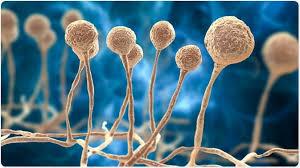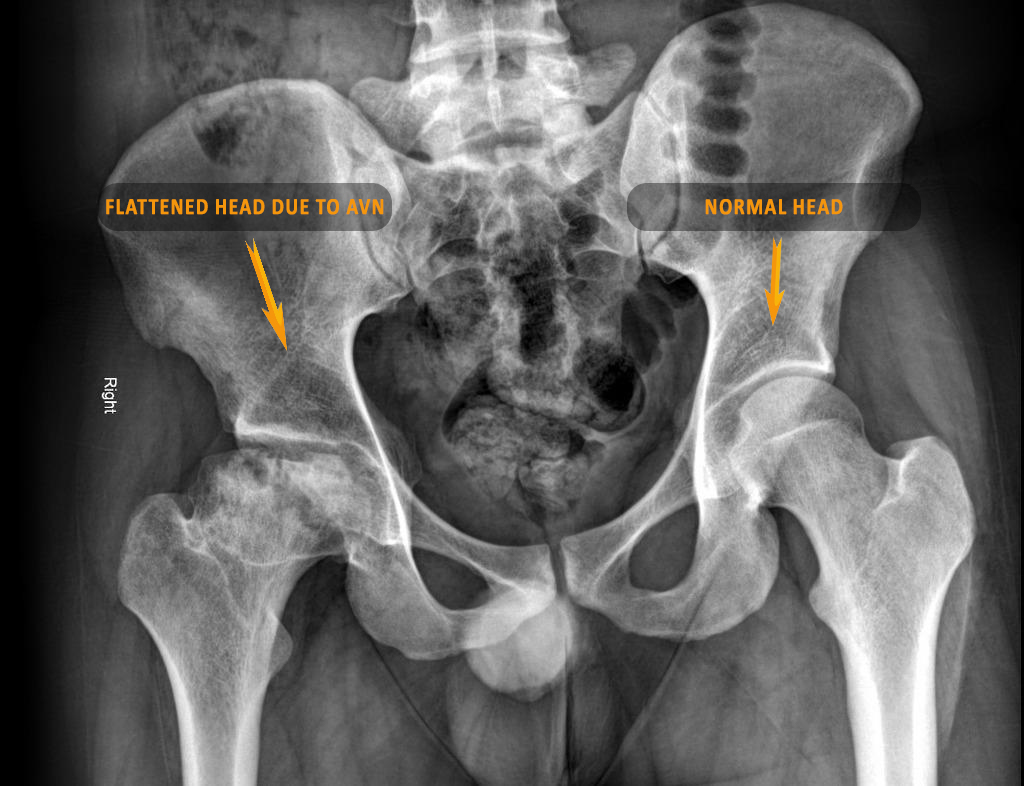The world has just gone through an upheaval of unprecedented proportions. It has witnessed distress, death and socio-economic turmoil like perhaps never before. COVID-19 brought out the best (and the worst) out of us as a species. Now, in 2022, we seem to have found our feet again. The pandemic seems to be all but over. Or is it? If we remember correctly, there was a wave of a deadly disease called Mucormycosis, also known colloquially as ‘Black Fungus’. This rare but deadly fungal infection had become commonplace in COVID patients who had received steroids during treatment. The steroid would compromise the immunity of the patient in a bid to reduce the COVID-induced lung inflammation, thereby enabling the ‘Black Fungus’ to take over. A similar parallel pandemic is on the verge of wreaking havoc in patients who have received steroids during their COVID treatment.

Avascular Necrosis (AVN) of the hip, although not life-threatening, is a rare but serious condition that is much more common in steroid-users. It is caused due to a decrease in the blood flow to the ball (head) of the thigh bone which makes up a part of the hip joint. As a result of the diminished blood flow, the bone in the ball starts to die out and becomes flattened.

Stages of AVN :
- Stage I : Mild / no pain which appears on standing/ walking. Mild restriction in range of movements. No signs on X-ray. MRI confirms diagnosis.
- Stage IIA : Mild pain which is more consistent. More restriction in range of movements. X-ray may show sclerotic or cystic lesions.
- Stage IIB : Pain is more severe and range of movements is further compromised. X-ray shows characteristic “crescent sign” but the contour is maintained.
- Stage III : More severe restriction of movements, mild shortening of the limb. X-ray shows flattening of the head (ball) but the acetabulum (socket) looks normal.
- Stage IV : Stiff painful hip, more shortening of the limb. X-ray shows head destruction and changes in the acetabulum.
- Symptoms of AVN : When should I consult the orthopedist?
- 1. Hip / groin pain which appears on standing
- 2. Pain increases while walking and climbing stairs causing a limp
- 3. Restricted range of movements
- 4. Shortening of the limb in late cases
Whenever diagnosed, a surgical procedure is mandatory. In this condition, time is of the essence. If diagnosed early (Stage I, Stage IIA), a hip preservation procedure can be performed (Core decompression, OssGrow therapy etc)
 In late presenting cases (Stage IIB, Stage III or Stage IV), a total hip replacement surgery is currently the only reliable solution.
In late presenting cases (Stage IIB, Stage III or Stage IV), a total hip replacement surgery is currently the only reliable solution.

Summary : Avascular Necrosis of the hip is a late complication seen increasingly in patients who have received steroid therapy for COVID-19. Any hip pain in such patients should be suspected as AVN and diagnosed and treated urgently. Early diagnosis and treatment can preserve the natural hip. Late presenting cases need to undergo a joint replacement surgery.

